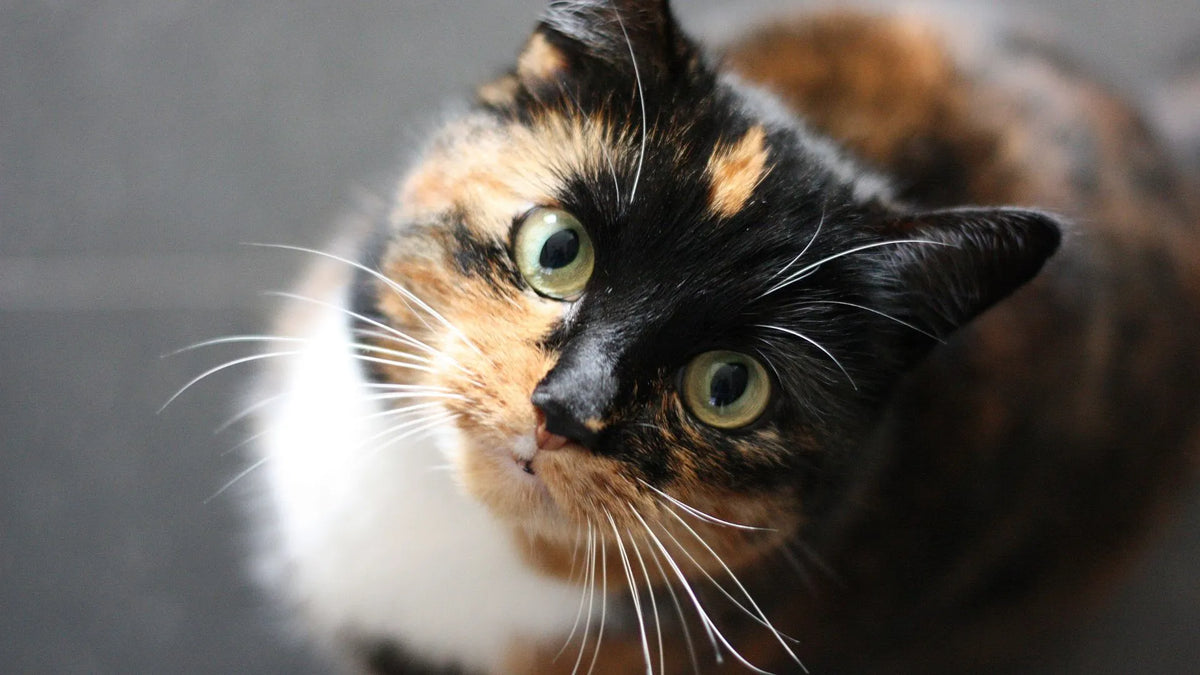In 24 cities

What’s Safe for Your Cat to Eat? A Pet Parent’s Quick Guide
|
|
Time to read 4 min
Enter pincode
Please enter a valid pincode Enter the pincode to check delivery date
Enter the pincode to check delivery date
Help us ensure a smooth delivery
SIZE GUIDE
|
|
Time to read 4 min
As a loving cat parent, you want to ensure that your furry friend is getting the best possible nutrition. Cats are not just pets; they’re family. Understanding what your cat can safely eat is crucial for their health and happiness. In this guide, we’ll explore human foods that are safe for cats, those that are toxic, and important dietary tips to keep your feline friend thriving.
You might be tempted to share a few bites of your meal with your cat, but not all human food is safe for them. Let’s look at some foods that are safe in moderation:
Cats are obligate carnivores, meaning they don’t require fruits in their diet. However, certain fruits can be enjoyed occasionally. Safe options include:
These fruits contain vitamins and antioxidants, though your cat should only eat small amounts as a treat. Always remove seeds and pits as they can be toxic.
While vegetables aren’t essential for a cat’s diet, a few can be beneficial:
Vegetables provide fiber and essential nutrients that can aid digestion. Offering these in small, cooked quantities is best to avoid digestive upset.
Cats are true carnivores and need meat to thrive. Here’s what’s safe:
Meat is the primary source of protein for cats and is essential for their health. Always cook the meat thoroughly and avoid seasoning.
While grains aren’t necessary in a cat’s diet, some cats tolerate small amounts of:
These can provide a bit of fiber, but they should only be an occasional addition to your cat’s diet. Grains should never replace meat as the primary food source.
While some human foods are safe, others can be harmful or even toxic. Here are a few to keep out of your cat’s reach:
Both onions and garlic can damage your cat’s red blood cells, leading to anemia. Even small amounts can cause harm, so avoid feeding any foods containing these ingredients.
Chocolate contains theobromine, which is toxic to cats. Symptoms of chocolate poisoning include vomiting, diarrhea, increased heart rate, and seizures. Always keep chocolate away from cats.
These can cause kidney failure in cats, even in small amounts. Never offer grapes or raisins to your cat.
While we often see images of cats lapping up milk, many cats are actually lactose intolerant. Milk, cheese, and other dairy products can cause digestive issues like diarrhea and should be avoided.
Kittens have specific nutritional needs that differ from adult cats. Here’s what’s safe and recommended:
For very young kittens who are still nursing, a kitten-specific formula is the best substitute for their mother’s milk. These formulas are packed with nutrients essential for their development.
Once kittens are about 4 weeks old, you can begin offering them soft, cooked meats like chicken or turkey. Ensure the meat is boneless, skinless, and cooked thoroughly.
At this stage, you can introduce very small amounts of cooked carrots or peas. However, remember that kittens are growing rapidly and need a protein-heavy diet.
As your cat ages, their dietary needs change. Let’s break down what’s appropriate for different life stages.
An adult cat’s diet should consist mainly of protein and fat. Typically, a diet consisting of:
50-60% protein
30-50% fat
This ensures that your cat gets the nutrients they need to maintain muscle mass and energy. Fresh, clean water should always be available, as hydration is key for good health.
Cats aged 7 and above may need adjustments to their diet based on their health. Older cats are prone to health issues like kidney disease or diabetes, and your vet might recommend specific dietary modifications. Feeding a well-balanced diet with fewer calories but high-quality protein can help keep your senior cat healthy.
Some cats can be finicky eaters. If your cat refuses food or appears uninterested, try these tips:
1. Can I Give My Cat Milk?
No, most cats are lactose intolerant. Giving milk can lead to upset stomachs, including diarrhea. It’s better to stick to fresh water and avoid dairy products.
2. What Type of Meat is Best for Cats?
Cooked, lean meats like chicken, turkey, and beef are excellent for cats. Always ensure the meat is free of bones, skin, and seasoning.
3. Can Cats Eat Raw Food?
While some pet parents advocate for raw diets, it’s essential to talk to your vet before trying this. Raw food can contain harmful bacteria that may cause infections.
4. How Much Food Should I Give My Cat?
Cats generally require around 20 calories per pound of body weight per day. However, this can vary depending on your cat’s activity level and age. Consult with your vet for specific portion sizes.
5. Can Supertails Help With My Cat’s Nutrition?
Yes! Supertails offers a variety of high-quality, vet-approved cat food options tailored to your cat’s age and health. Whether you’re caring for a kitten or a senior cat, Supertails has something to suit your feline friend’s needs.
Your cat’s health starts with their diet. Knowing what they can and cannot eat helps you ensure they live a long, healthy life. Always introduce new foods gradually and consult with your vet before making changes to their diet. And remember, while it’s tempting to share your meals with your cat, their needs are different from ours.
As the saying goes, “Dogs have owners, cats have staff.” So make sure to provide your feline with the best!
2 item in cart
₹10,360

